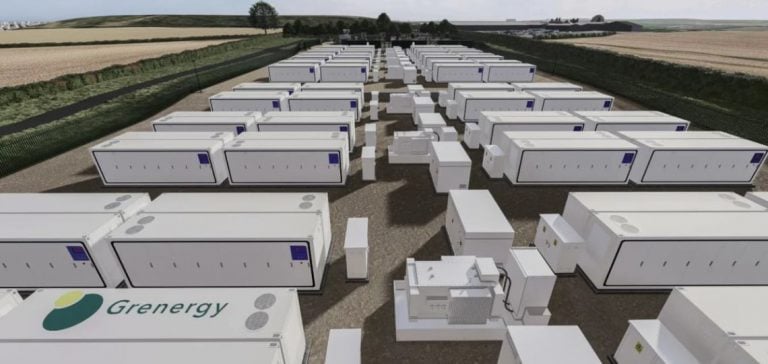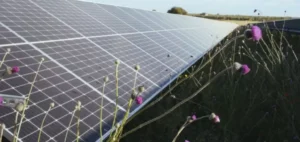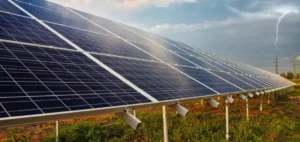Grenergy acquires a 1 GW solar portfolio from Repsol and Ibereólica, including solar projects in the development phase and a 1 GW interconnection line already energized.
This transaction enables Grenergy to reinforce the Oasis de Atacama project in Chile, already known as the world’s largest battery project.
This acquisition is in line with the company’s strategy of large-scale development of renewable energies. This acquisition enables Grenergy to double the solar capacity of its Chilean site, from 1 GW to 2 GW, and to increase storage capacity to 11 GWh.
Oasis de Atacama is now one of the largest solar projects coupled with an energy storage system in Latin America, and plays a key role in supplying energy during non-solar hours.
The project is designed to generate around 5.5 TWh per year, reinforcing the reliability of the energy supply.
A project backed by solid financial partners
The acquisition of this solar portfolio represents an investment of $128 million.
Despite this major transaction, Grenergy does not foresee any new financing to complete this operation, thus respecting the investment plan announced in 2023, which calls for 2.6 billion euros of investment up to 2026.
The first phase of Oasis de Atacama is scheduled for completion by the end of 2024, with the other phases to follow in 2025 and 2026.
The project has the financial backing of several major players in the international banking sector.
Grenergy recently closed a $345 million financing with BNP Paribas, Natixis, Société Générale, The Bank of Nova Scotia and SMBC to fund the first two phases of the project.
This financing reflects the confidence of these institutions in the development of Oasis de Atacama and in Grenergy’s strategy.
Storage capacity development and hybridization
The already energized 1 GW interconnection line represents a strategic advantage for accelerating the commissioning of solar projects under development.
This network will also facilitate the hybridization of solar production with on-site storage.
The acquisition includes a 77 MW solar project already operational and a further 923 MW under development.
At the same time, Grenergy has signed a strategic agreement with BYD, a supplier of energy storage solutions.
This agreement covers a capacity of 3 GWh of storage systems, a key technological contribution to the project.
With the expansion of its storage capacities, Oasis de Atacama is becoming a model for the integration of large-scale solar power and storage in a region where demand for electricity is growing rapidly.
Prospects for the energy transition in Latin America
The expansion of Oasis de Atacama is part of a wider drive to integrate renewable energies in Latin America.
Solar projects combined with storage systems increase the flexibility of the electricity grid, responding to the need for more stable and less intermittent production.
With this acquisition, Grenergy is positioning itself as a key player in the energy transition by diversifying its production sources and optimizing energy management.
By consolidating its solar portfolio and developing additional storage capacity, the company is strengthening its ability to meet the electricity needs of unserved areas during non-solar hours.
With its new capacities, Oasis de Atacama helps to secure energy supplies and optimize the costs associated with solar production.
Grenergy continues to strengthen its presence in the Chilean market and aims to become a leading player in the region.
The expansion strategy is based on better integrating renewable energies into local electricity grids and optimizing storage capacities to manage fluctuations in solar production.






















